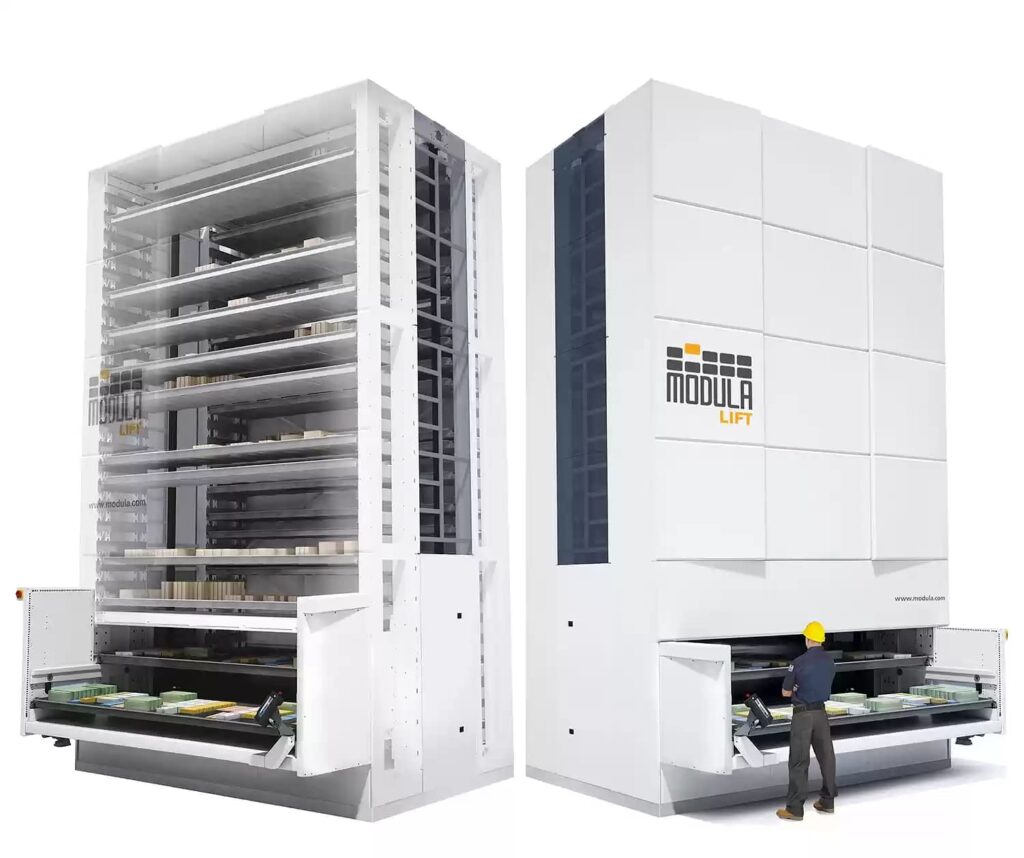Outdoor infrared heater have revolutionised the way we enjoy our outdoor spaces, providing a source of warmth and comfort that allows us to make the most of our gardens, patios, and outdoor areas throughout the year. Explore the benefits, comparisons to other heating solutions, choosing the right heater for different settings, installation and safety considerations, maintenance, enhancing outdoor ambience, user-friendly features and smart controls, cost-efficiency, and environmental impact of Outdoor Infrared-Heaters.
The Benefits of Using Infrared Heaters in Outdoor Spaces
Outdoor-infrared heaters offer many advantages for those seeking to augment their enjoyment of open-air living quarters, irrespective of the season. These heaters stand apart by employing radiant heat that directly warms objects and individuals, bypassing the conventional method of heating air. This distinctive mechanism ensures that warmth is felt more rapidly, making these heaters exceptionally suitable for brisk heat provision in outdoor environments.
The efficiency of Outdoor-infrared heaters is further highlighted through their ability to deliver consistent warmth without the influence of wind, a common issue with traditional heating methods that often leads to heat loss and inefficiency. Moreover, the direct heating approach contributes to heightened comfort and plays a significant role in energy conservation.
These heaters minimise wastage by targeting specific areas for warmth, ensuring that energy is utilised most effectively. This heating method does not circulate air, which can benefit individuals sensitive to allergens, providing a cleaner, more comfortable outdoor environment. Combining these factors makes Outdoor-infrared heaters a compelling choice for enhancing outdoor living spaces with warmth, efficiency, and comfort.
Comparing Infrared-Heaters to Other Outdoor Heating Solutions
In outdoor heating, infrared heaters distinguish themselves through their operational efficiency and effectiveness. In contrast to traditional gas or electric heaters, which rely on convective heat to warm the surrounding air, infrared heaters use radiant heat to directly warm objects and individuals in their path?
This direct heating method ensures that warmth is delivered immediately and is less susceptible to being dispersed by wind, a notable advantage over conventional heaters that often struggle to maintain consistent temperatures in breezy conditions. Furthermore, the operational efficiency of infrared heaters is enhanced by their ability to focus heat precisely where it is needed, reducing energy waste and potentially saving energy bills.
While other heating solutions might provide ambient warmth, they often do so less efficiently, requiring more energy to achieve a similar level of comfort. This comparison underscores the benefits of choosing infrared technology for outdoor heating, offering a more sustainable and cost-effective solution for extending the usability of outdoor spaces throughout the year.
Choosing the Right Infrared Heater for Different Outdoor Settings
Selecting an appropriate Outdoor Infrared-Heater necessitates careful consideration of the distinct characteristics of the outdoor area in question. Various models, including wall-mounted, freestanding, and ceiling-mounted heaters, offer versatility to accommodate diverse outdoor layouts.
The key to achieving optimal heat distribution lies in assessing the spatial dimensions and understanding the unique requirements of the setting. For instance, a compact patio might benefit from a sleek, wall-mounted heater that saves on space, whilst a larger garden area might be better served by a powerful, freestanding unit that can be moved as needed to different locations.
The choice of power source, whether electric or gas, further influences the decision, contingent upon the availability and convenience of use in the outdoor setting. Additionally, the installation process varies with each type, making it crucial to effectively evaluate the feasibility of integrating the chosen heater into the existing outdoor environment. By taking into account these factors, one can ensure that the selected Outdoor Infrared-Heater aligns with the specific needs of the outdoor area, thereby enhancing the overall experience of warmth and comfort.
Installation and Safety Considerations for Outdoor Infrared Heater
When considering the integration of Outdoor infrared heater into an external environment, adherence to the manufacturer’s guidelines is paramount for safe and efficient functionality. The installation process demands careful attention to ensure the heaters are affixed securely and at an optimal height, to maximise heat dissemination and mitigate any risks associated with improper placement.
These heaters must be situated at a safe distance from combustible materials to prevent potential fire hazards. Additionally, the importance of selecting a location that avoids direct exposure to water and excessive moisture cannot be overstressed, as this can impact the durability and safety of the heater. Regular inspections are recommended to identify and rectify any structural weaknesses or electrical malfunctions that could compromise safety.
Furthermore, ensuring that the area around the heater remains clear of obstructions contributes to the efficiency of heat distribution and the prevention of accidents. The significance of professional consultation cannot be overlooked, especially in scenarios where the installation of infrared heater presents complex challenges. Engaging with a professional can provide bespoke advice tailored to the unique characteristics of the outdoor setting, ensuring that safety remains a foremost consideration.
Maintenance and Longevity of Infrared-Heaters
Ensuring the durability and operational efficiency of Outdoor-Infrared Heaters requires regular maintenance. It is paramount that these heaters are kept clean, with surfaces free from accumulations of dust and debris that could potentially hinder their performance. To mitigate the risk of malfunctions, a thorough inspection regime, focused on identifying signs of wear or damage, is advised. Particular attention should be given to the structural integrity of components and the correct functioning of electrical systems, which are critical for safety and efficacy.
Proactive maintenance safeguards the heater against premature degradation and upholds a high standard of heat output, guaranteeing that the heater remains a reliable source of warmth for extended periods. Conducting periodic checks, especially prior to the onset of colder months, ensures that any issues can be addressed promptly, avoiding disruptions to its use during times of need.
Moreover, adhering to the manufacturer’s guidance on care and operational limits plays a crucial role in prolonging the lifespan of an Outdoor-Infrared Heater. This includes recommendations on storage, particularly in adverse weather conditions or when the heater is not in use for extended durations, to prevent damage from environmental exposure. By embracing these maintenance practices, the longevity of Outdoor-infrared heaters can be significantly enhanced. This allows these devices to continue contributing to the comfort and enjoyment of outdoor spaces with minimal need for repair or replacement.
Enhancing Outdoor Ambience with Infrared Heaters
Outdoor-infrared heaters serve the functional purpose of providing warmth and significantly enhance the ambience of outdoor settings. These heaters, through their sleek and versatile designs, can seamlessly integrate into various outdoor decors, adding a touch of elegance and sophistication. The gentle glow these heaters emits contributes to a cosy and inviting atmosphere, making evenings spent outdoors more enjoyable. Here are some key ways Infrared Heaters can elevate the outdoor ambience:
Subtle Lighting
The soft illumination from Infrared-Heaters creates a warm and welcoming environment, perfect for social gatherings or intimate dinners under the stars. This subtle lighting enhances the natural beauty of outdoor spaces without being overpowering.
Design Variety
With a range of designs available, from sleek, modern models to more traditional looks, Outdoor-infrared heaters can complement any outdoor aesthetic. This versatility allows homeowners to choose heaters that meet their heating needs and align with their stylistic preferences.
Space Enhancement
By strategically placing infrared heaters, one can define and enhance different zones within an outdoor area, such as dining spaces, lounging areas, or garden retreats. This spatial definition helps in creating a structured and appealing outdoor environment.
Mood Setting
The warmth and light provided by Outdoor Infrared-Heaters set the perfect mood for various outdoor activities, from relaxed conversations to lively celebrations. The heaters become integral to creating memorable experiences in any outdoor setting. Incorporating Outdoor-infrared heaters into an exterior space ensures comfort during cooler temperatures and plays a significant role in crafting an inviting and aesthetically pleasing outdoor atmosphere. Through thoughtful placement and selection, these heaters can transform any outdoor area into a year-round haven for relaxation and entertainment.
User-Friendly Features and Smart Controls of Infrared
Integrating user-friendly features and smart controls in Outdoor Infrared-Heaters epitomises the advancements in heating technology, aiming to enhance the convenience and efficiency of managing outdoor warmth. These heaters have various functionalities that facilitate ease of use, such as programmable timers and variable heat settings, allowing precise control over the heating output.
Remote control access provides the added advantage of adjusting settings without physically interacting with the heater, offering a seamless experience for users. Furthermore, some models incorporate smart technology, enabling control through smartphone applications, thus allowing users to manage their outdoor heating from any location.
This level of customisation ensures that the heating needs of specific outdoor spaces are met with precision, enhancing comfort without the necessity for constant manual adjustments. The inclusion of these modern features reflects the commitment to providing a user-oriented solution that combines practicality with the latest in heating technology, making Outdoor-infrared heaters a sophisticated choice for contemporary outdoor living.
Cost-Efficiency and Environmental Impact of Infrared
The consideration of cost-effectiveness alongside the environmental impact underlines the dual advantages of Outdoor-infrared heaters. These heaters deliver targeted warmth with minimal energy expenditure, thus providing a cost-effective heating solution. The principle of radiant heating, whereby energy is directly transferred to objects and individuals, ensures that heat is not wasted on warming the surrounding air, which can often escape in open outdoor environments.
This direct approach results in a significant reduction in energy consumption, which translates to lower operational costs and mitigates the environmental footprint associated with heating outdoor spaces. Moreover, outdoor-infrared heaters’ environmental credentials are further enhanced by their operation; unlike conventional heating solutions that may rely on combustion processes, which emit carbon dioxide and other pollutants, infrared heaters function without releasing harmful emissions.
This clean operation aligns with growing environmental concerns and the push towards more sustainable living practices. The ability of these heaters to provide efficient and effective warmth without compromising on environmental values positions them as an attractive option for those conscious of both their energy bills and ecological impact.
Conclusion
In exploring Outdoor infrared heater, a comprehensive understanding has emerged, highlighting the myriad benefits they bring to enhancing outdoor living. Through the detailed examination of their operational efficiencies, comparisons with traditional heating methods, and considerations for selection, installation, and maintenance, it’s clear that these heaters represent a significant advancement in outdoor heating technology. The ability to deliver targeted, efficient warmth while remaining cost-effective and environmentally friendly positions Outdoor-infrared heaters as a superior choice for those wishing to maximise the enjoyment and utility of their outdoor spaces throughout the year.
FAQs
Can Outdoor infrared heater be used in all outdoor settings?
Outdoor Infrared Heater is versatile and designed to accommodate various outdoor environments, including patios, gardens, and terraces. However, their effectiveness is influenced by the specific layout and dimensions of the space. It is advisable to assess the area’s requirements to select a heater model with optimal coverage and efficiency.
How do outdoor-infrared heaters compare running costs to traditional outdoor heaters?
Due to their mechanism of directly heating objects and individuals without warming the air in between, Outdoor-infrared heaters typically exhibit lower running costs than traditional heaters. This direct approach to heating minimises energy waste, translating to cost savings on energy bills over time.
Are there specific safety features to look for in an Outdoor Infrared-Heater?
Safety features such as automatic shut-off mechanisms, overheat protection, and durable construction materials are essential when selecting an Outdoor infrared heat. These features ensure the heater operates safely, providing users peace of mind.
What is the environmental impact of using Outdoor Infrared-Heaters?
They are known for their environmentally friendly operation. Unlike some traditional heaters that rely on combustion and emit carbon dioxide, infrared heaters operate cleanly without producing direct emissions. This aspect makes them preferable for individuals seeking to minimise their ecological footprint while enjoying outdoor warmth.


